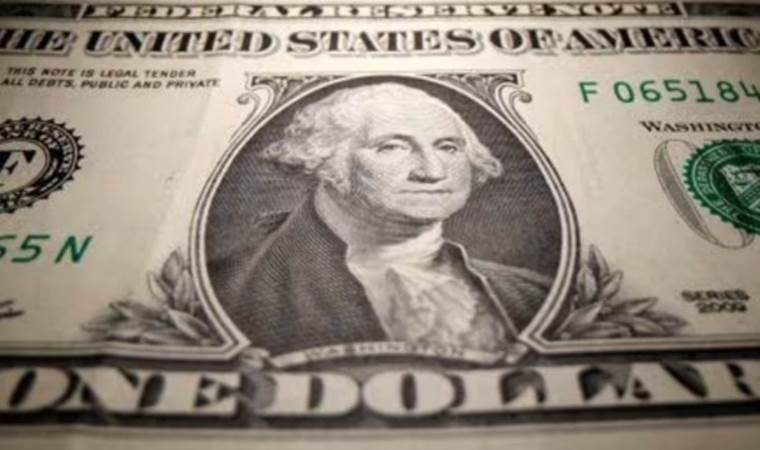Dollar set for major weekly rise, euro zone inflation in focus
The dollar is poised for its sharpest weekly increase since May, rising on Friday as traders reassess the likelihood of early U.S. interest rate cuts this year. Despite higher inflation in the eurozone, which has reduced market pressure on the European Central Bank (ECB) to cut rates, the U.S. currency's strong performance has overshadowed the euro.

Today's non-farm payrolls report will be crucial for the dollar's trajectory. Economists anticipate a decrease in job creation for December, estimating 170,000 new jobs compared to 199,000 in November.
In December, Federal Reserve officials forecasted 75 basis points (bps) of rate cuts in 2024, but market expectations were significantly higher, fueling a robust year-end rally in stocks and bonds. However, since the year's start, these expectations have moderated, with traders now predicting less than 140 bps of cuts. According to CME FedWatch, the likelihood of a cut in March has dropped to 62% from 86% a week ago.
Moh Siong Sim, a currency strategist at the Bank of Singapore, noted the U.S. labor market's resilience and suggested the Fed might maintain higher rates longer than markets anticipate. "Tonight's payroll data will be key," he added.
Supporting the dollar, Thursday's data indicated U.S. private employers hired more workers than expected in December, signaling a strong labor market that could sustain economic growth.
The dollar has risen 0.35% against a basket of currencies, reaching a three-week high of 102.79. This week, the currency has gained 1.4%, its best performance since mid-May.
EURO ZONE INFLATION
The euro dropped 0.36% to $1.0904 and is headed for a 1.2% weekly decline, its steepest since mid-May, ending three consecutive weeks of gains.
Eurozone inflation accelerated to 2.9% in December from 2.4% in November, slightly below the anticipated 3.0%. This aligns with the ECB's forecast of inflation stabilizing between 2.5% and 3% through 2024, well above its 2% target, before slowing in 2025.
Traders and policymakers are divided over the ECB's rate-cut strategy. While traders expect six rate cuts starting as early as March or April, policymakers believe it might take until mid-2024 to ensure inflation is under control.
The yen, sensitive to U.S. bond yields, fell 0.47% to 145.29 per dollar, reaching a three-week low earlier in the session.
The 10-year U.S. Treasury yield surpassed 4%, last recorded at 4.03%.
Investors have lowered expectations for the Bank of Japan to end its ultra-loose monetary policy soon, with recent earthquakes in western Japan casting further doubt on a policy shift.
Most Read News
-
 Denmark to summon US ambassador after Trump appoints spe
Denmark to summon US ambassador after Trump appoints spe
-
 Senior Russian general killed in Moscow car bombing
Senior Russian general killed in Moscow car bombing
-
 Millions affected by massive Internet outages in 2025
Millions affected by massive Internet outages in 2025
-
 3 killed in Israeli drone strike on southern Lebanon in
3 killed in Israeli drone strike on southern Lebanon in
-
 EU affirms Denmark's territorial integrity after US envo
EU affirms Denmark's territorial integrity after US envo
-
 Russia could keep Europe busy if China attacks Taiwan, w
Russia could keep Europe busy if China attacks Taiwan, w
-
 Australian premier apologizes over Bondi Beach shooting,
Australian premier apologizes over Bondi Beach shooting,
-
 Ukraine’s parliament to form working group on issue of h
Ukraine’s parliament to form working group on issue of h











